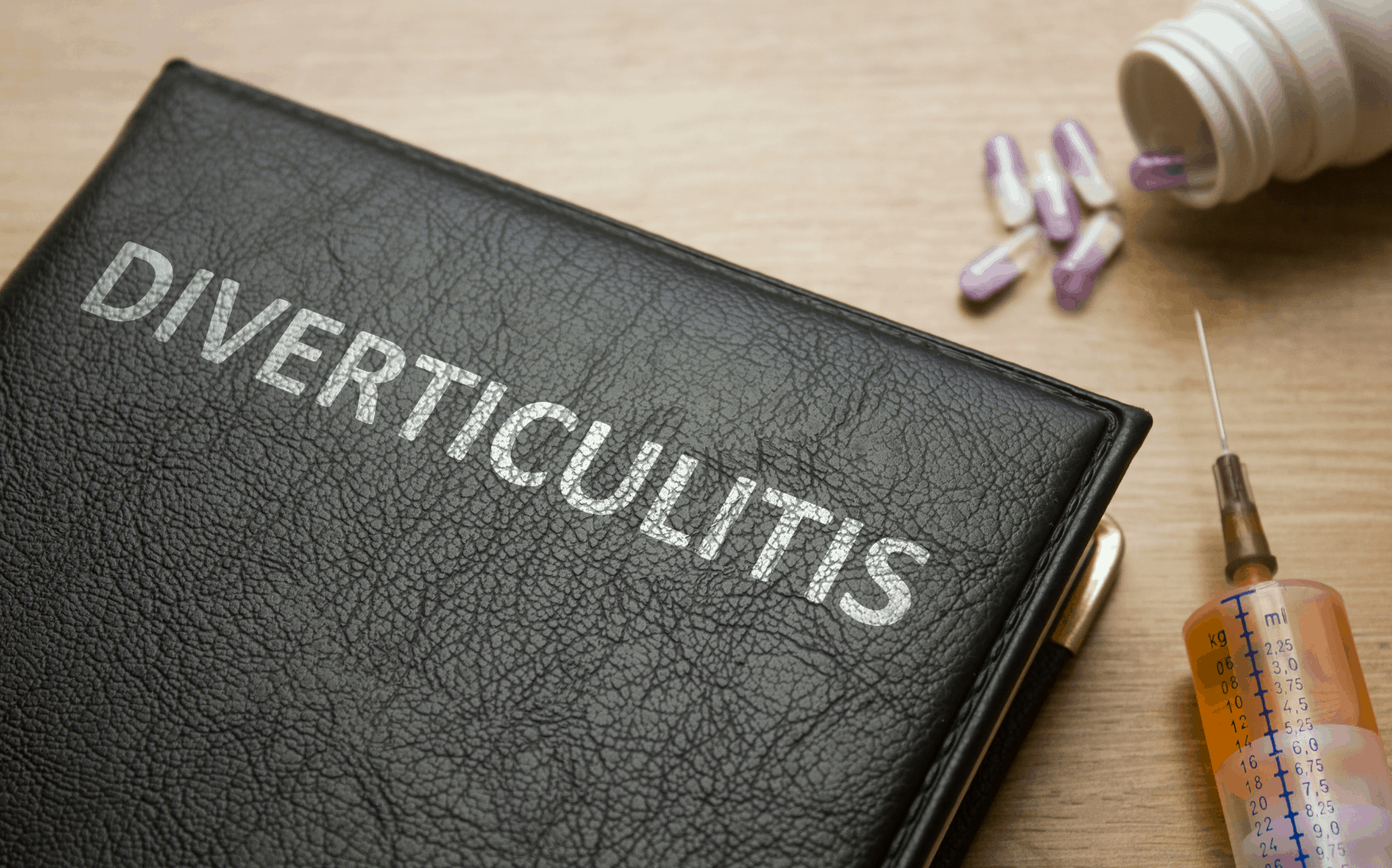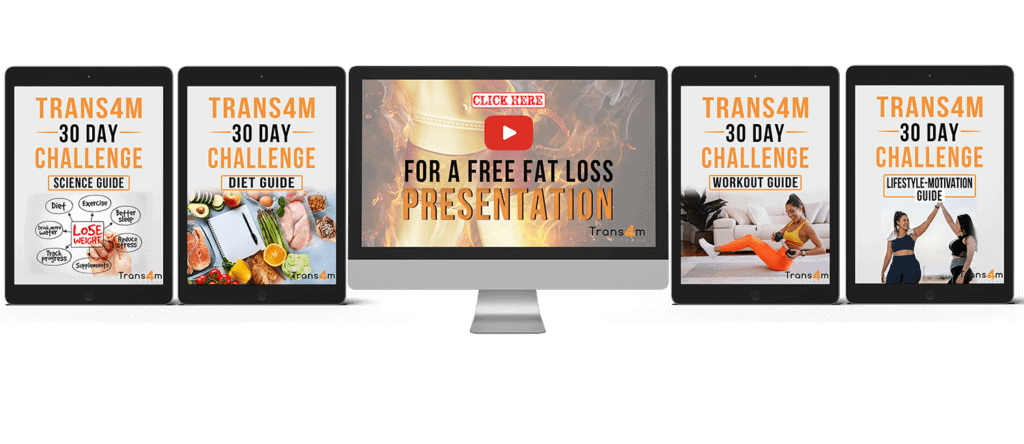What Is Diverticulitis?
Diverticulitis is a common disease that many people suffer from without knowing it. Diverticula are small, bulging pouches in the colon wall, and Diverticulitis occurs when these pouches become inflamed or infected. Symptoms of this painful condition include abdominal pain, fever, nausea, and vomiting. Fortunately, there are treatments available to help manage this serious condition, but what can you do in the meantime? Follow our ultimate diverticulitis diet guide for food to avoid Diverticulitis as well as what foods aggravate Diverticulitis!
Risk Factors that Increase a Diverticulitis prognosis:
- Older age
- Familial history of Diverticulitis
- Dietary fiber deficiency
- Sedentary lifestyle and Obesity
- Too much red meat
- Irritable bowel syndrome (IBS)
- Smoking
What Happens when you Have a Diverticulitis flareup?
The most common symptoms of Diverticulitis are abdominal pain and cramping, fever, nausea, vomiting, constipation, or diarrhea. You may also notice blood in the stool or rectal bleeding. In rare cases, perforation of a large intestine can occur, which is an emergency requiring immediate surgery. Diverticulum has been suggested as one possible underlying cause for appendicitis; it has not yet been confirmed whether this hypothesis is accurate.
The diverticular disease does not go away on its own. Still, if left untreated, exacerbations could lead to more serious complications such as bowel obstruction and abscesses (pockets) formation throughout the colon wall that will require surgical repair.
How to Treat Diverticulitis
Thankfully there is a way to treat the pain and inflammation associated with Diverticulitis. The first thing you need to do is stay hydrated by drinking lots of water or other healthy fluids like coconut water, herbal teas, vegetable juices, etc. It’s important not to eat any high-fiber foods such as fruits (especially bananas). These vegetables are difficult for digestion, such as beans and legumes, seeds, and nuts. Stay away from a high-fiber diet and stick to clear liquids and a low-fiber diet for a while. After the diverticulitis flareup subsides, Increase your intake of soluble fiber foods instead, which includes oatmeal, whole grains bread/pasta/rice with a fiber supplement such as psyllium husk or Metamucil powde![]() r mixed in, applesauce made from apple sauce without added sugar or oil. It would be best if you progressed in the following manner after a flareup:
r mixed in, applesauce made from apple sauce without added sugar or oil. It would be best if you progressed in the following manner after a flareup:
1) Stop eating while you still feel sick
2) Start consuming a liquid diet. Broth, juices, water, etc. After you start to feel a little better (Might be a day or a few days)
3) Move to soft food, low fiber diet. You can add yogurt, applesauce, white rice (Stick to low-fiber foods for this phase to give your digestive system a chance to heal)
4) Return to your regular diet and solid foods adding the insoluble fiber back slowly. Keep your grams of fiber lower until you have had a dozen or so bowel movements
What to eat to prevent a Diverticulitis flareup
The best way to prevent this problem is through dietary changes such as eating smaller, more frequent meals, increasing soluble fibers by adding psyllium husks powder into foods like oatmeal and rice dishes, limiting irritants found in beans and legumes, seeds, nuts, etc., drinking enough water every day so food moves easily through the digestive tract and reduce your risk of Diverticulitis.
Lean Protein
What to eat: Chicken, fish, eggs
Vegetables
What to eat: Greens, peas, squash, sweet potatoes.
Fruit that has fiber
What to eat: Apples, prunes, pears, oranges, grapefruits
Healthy Fats
What to eat: Avocado. nut butter, avocado, or olive oil
What foods should I avoid?
The following food categories should be avoided with Diverticulitis:
- All types of beans, legumes, seeds, and nuts. This includes any fruit with small seeds like blueberries, blackberries, or strawberries, which can cause intestinal blockages.
- Dairy products that contain lactose or milk protein, such as ice cream. Stick to the hard-aged cheeses and parmesan, which is low in lactose.
- Fried foods like french fries and onion rings can cause gas buildup in the digestive tract.
- Caffeinated and carbonated drinks.
- Alcohol that can aggravate diverticulitis symptoms such as red wine, beer, or distilled spirits.
- Spicy foods like curries are hard on the stomach and could cause inflammation in the colon wall due to irritation.
- All high-fiber raw fresh vegetables and whole grains are difficult for people with Diverticulitis to digest.
- Fruit juices with pulp contain small seeds that could potentially lead to an intestinal blockage in those who suffer from Diverticulitis.
Diverticulosis vs Diverticulitis
Diverticulosis is the condition of Diverticulitis but not inflammation. Diverticular disease, which includes both and other conditions such as colon cancer, ileal pouch, and inflammatory bowel disease.
A person with the diverticular disease will typically have no signs or symptoms whatsoever until a complication develops; this may include bleeding from an inflamed diverticulum (Diverticulitis) or blockage in the intestines by food that has been stuck there for too long because passing through was difficult due to inflammation around any enlarged pockets in the intestine lining called diverticula (Diverticulosis). A chronic low-grade infection could also cause these complications if left untreated.
If you have Diverticulosis, you can eat a high fiber diet to prevent inflammation and constipation. (No Diverticulitis Symptoms at the moment) it would be best if you ate the following Fiber-rich Foods:
- Brown Rice
- Whole-grain bread and pasta products
- Prunes and figs that are high in fiber content
- Cabbage
- Popyayoes
- Brussel sprouts
- Cauliflower
If you have Diverticulitis Symptoms, you should be sticking to low fiber foods.
- White bread
- Cooked veggies without skin
- Oranges
- Watermelon
- eggs
- poultry
When should I Start a diverticulitis clear liquid diet?
– Clear liquid diet should be consumed for two to four weeks if you have severe Diverticulitis Symptoms.
– If the symptoms are not too bad or do not exist, then a clear liquid diet can be followed one day every week until there is some improvement in your Diverticulitis Symptom.
You will want to drink it at least six hours before bedtime and make sure that you don’t eat anything else during this time frame.” (This blog post would go on with more information about what items were allowed as part of the diverticulitis symptom relief solution)
Here is a Sample diverticulitis liquid diet:
Breakfast:
– tea with lemon,
– a cup of hot water or herbal infusion (no teas that contain caffeine), and
– half a grapefruit.
Lunch:
– chicken broth, no noodles, and some saltine crackers if you are not feeling nauseous. If you do feel sick, then skip the soup for now. You can have more later in the day when your nausea has passed away. Drink lots of liquids during this period to help wash out toxins from your system, so they don’t settle into other areas of your body where they will cause problems such as diverticulitis symptoms worsening. Your lunch may also include additional clear liquid items like broth, water with freshly squeezed lemon juice in it, a cup of hot herbal infusion without caffeine (teas), or even some fruit juice that is clear.
Snack:
Fruit juice and a bowl of jello
Dinner:
– you may have any pureed food that has been well cooked and strained since this will be less irritating for the digestive tract. This includes potatoes, carrots, apple sauce, mashed bananas, or avocado mixed in yogurt). You can also enjoy soups at dinner time as long as they are no noodles. Just vegetables such as celery root soup with lots of broth added to give more flavor if needed but avoid cabbage-based dishes which aggravate diverticular disease symptoms. Remember saltines before bedtime for snacking on too!
A low residue diet for Diverticulitis | What is that?
Think of this as bland and “Low Residue” that your body can easily digest by reducing the amount of fiber consumed and completely staying away from high fiber foods
- Lots of canned fruits and vegetables without seeds or skin go for the low-sodium version.
- White bread. We are looking for the whitest of the white bread
- Eggs
- Whitefish
- Poultry including chicken, turkey, and duck
- Fruit and veggie juice without pulp
- Low fiber cereal such as Rice Crispies (Check the label)
- White rice
- White pasta and noodles
[grwebform url=”https://app.getresponse.com/view_webform_v2.js?u=yhX3C&webforms_id=27444203″ css=”on” center=”off” center_margin=”200″/]
Will I ever be able to eat my favorite food again?
Yes! Low-residue foods are the ones most tolerated by diverticulitis sufferers. You will be eating many of your favorite foods again in no time, but you’ll need to make a few changes so that they don’t aggravate or inflame your condition. Remember these tips and tricks for later on when you want something quick:
Remember saltines before bedtime for snacking.
What would we do without eggs? Eggs can work as a breakfast food, lunch food, or dinner food.
Canned fruit is the ultimate convenience food if you grow tired of healthy alternatives.
Please remember that if you are in severe pain, please contact your healthcare provider. They provide an important role in preventing acute Diverticulitis and protecting your digestive health. Treating this disease requires some lifestyle changes and a special diet.
I hope that we provided you with some dietary guidelines and what foods you can enjoy with this disease.
Recent Posts
How To Reverse Fatty Liver Disease Through Diet (7 Day Sample Diet)!
Is A Fatty Liver Reversible? Fatty Liver Diet Plan and MenuHere we tell you everything you need to know about the fatty liver diet, menu, recipes, tips, and tricks.Did you just get diagnosed...
How to lose weight for teenage girls. A complete guide with tips
Lose weight and surprise your friends with your transformation. Follow our exclusive weight loss tips, healthy diet, and workout routine for teenage girls-all backed by science and recommended by...



